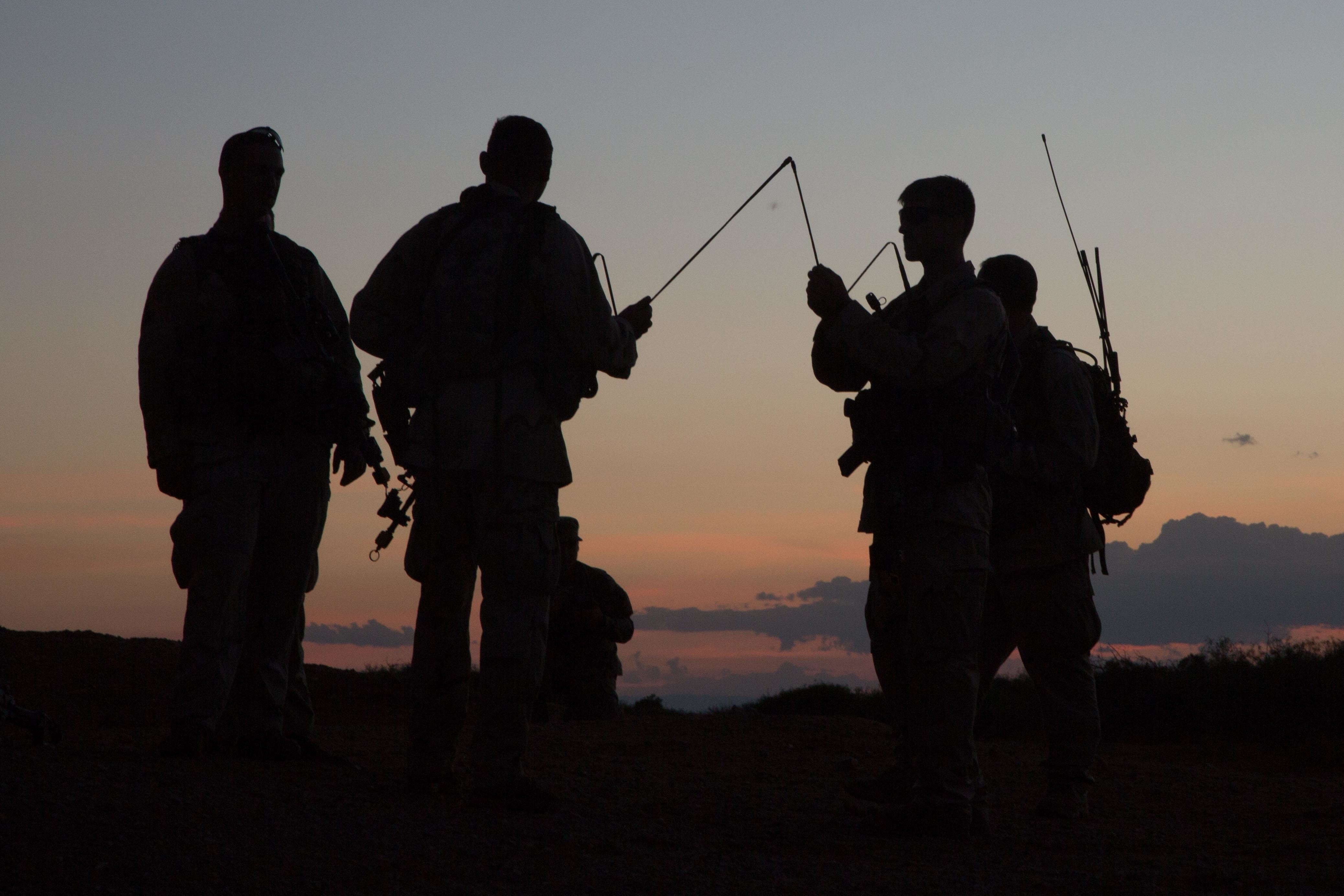The Army’s Rapid Capabilities Office is looking to expand beyond the initial three areas of focus from when it was stood up less than a year ago.
“Our starting point was electronic warfare, assured [position, navigation and timing], cyber. We’ve moved into a few other areas, but the programs that we’re really focused on are contested environments with near-peer competitors. If you sum it up, that’s the space we’re working on,” Doug Wiltsie, the office’s director, said Aug. 9 at TechNet Augusta in Augusta, Georgia.
Given the inherent sensitivities and needed secrecy behind a lot of what his office does, Wiltsie declined to offer many details in these new areas of focus. However, when asked by C4ISRNET following his panel appearance, he discussed three areas:
- First, improving the simplicity of devices so a general-purpose soldier can use it.
- Second, looking at UAV swarm technology with Special Operations Command and the Strategic Capabilities Office within the Office of the Secretary of Defense, which has a similar mission — repurposing existing systems to get at strategic gaps on the battlefield in the near term. Part of this effort, Wiltsie said, involves what this type of technology would look like and how the Army might employ it.
- Third, areas to help the Army with reconnaissance, specifically in Europe.
The first priority for the RCO has been delivering an electronic warfare capability to Europe to offset the advancements of Russia and close the capability gap. This solution underwent field testing at the annual Network Integration Evaluation this summer.
“The Army needs an electronic warfare capability,” Mark Kitz, director of the System of Systems Engineering team at Program Executive Office for Intelligence, Electronic Warfare and Sensors, said during the same panel discussion. ”We’ve lost some of the institutional capabilities when it comes to delivering electronic attack.
“The focus for the long term is getting at threat agility. We all read the news, we all understand that the threats today are not only near-peer but all of the threats are using electronic warfare, using spectrum-based effects to impact how we’re going to operate.”
Kitz added that the goal from the perspective of the program office is to build multifunctional solutions that adapt to threats so the team doesn’t need to turn to the RCO every time a new threat arises.
Wiltsie said the plan is to get a decision on an EW solution to Europe by Christmas. Following Europe, RCO will look at requirements in South Korea, Wiltise said, adding that this should not come as a surprise.
[Army innovation hub will set sights on Korean Peninsula]
The solutions developed by the RCO are not meant to be fielded to the entire Army under a program of record construct, Wiltsie said, but rather to specific combatant commands that need it.
Their deployment will start at the edge at the bridge and below, then move to enhancing the brigade and below, then adding capability to the division and corps, and finally looking to connect to a joint task force.
Position, navigation and timing will be following EW next summer in operational assessments, he said.
Mark Pomerleau is a reporter for C4ISRNET, covering information warfare and cyberspace.






